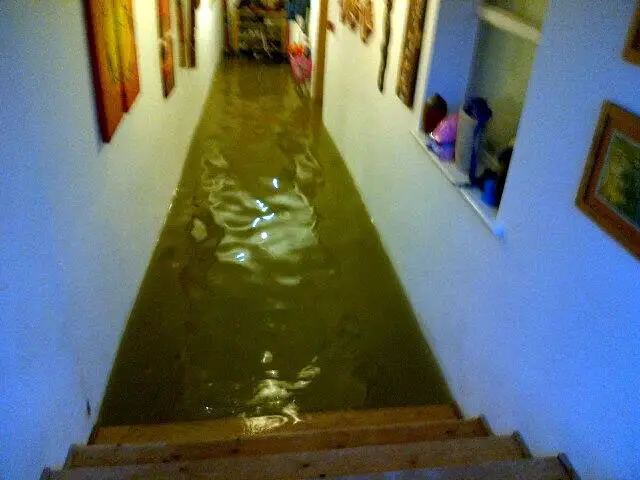This in from the council, in their own words, Ed
Following the recent adverse weather conditions on the Island over the Christmas and new year, the Isle of Wight Council is working closely with partner agencies to work on an Island-wide flood response review and gather information relating to flooding incidents and other damage caused by the storm conditions.
This information, from organisations including the fire and rescue service, Island Roads and the Environment Agency will be assessed to see how various agencies were able to respond to flooding incidents.
It is intended that meetings will be held with affected communities following the collection of the information so that residents can be properly briefed on the roles and responsibilities of all of the agencies and how they can help themselves when flooding occurs.
Councillor Phil Jordan is the Isle of Wight Council cabinet member responsible for public protection and says:
“It is the council’s intention that by collating and sharing this information, we can help to ensure better preparations are made in advance of such weather conditions being forecast and that communities understand who to contact when there is a problem.
“There is no doubt we have seen unusually high levels of rainfall which has contributed to the recent flooding incidents and coastal erosion so it is important we work closely with all partner agencies and communities to see if there are steps we can take to ensure everyone is better prepared in future.”
Luisa Hillard is the councillor responsible for sustainability which includes environmental impacts and added:
“The recent severe weather could be an example of climate change and we may therefore experience further warmer, wetter and windier winters. We must therefore take action to build resilience into communities and one of the outcomes of this flood response review will be the development of emergency action plans for the affected areas.
“We must also work with land owners and organisations such as the Environment Agency to develop management techniques that will minimise surface run-off and therefore help to reduce flood risk.”
Image: © Wayne Whittle





